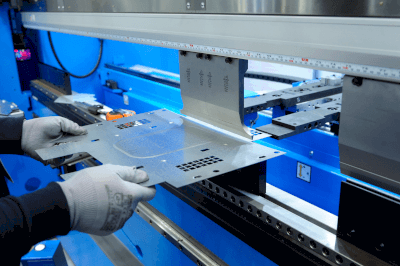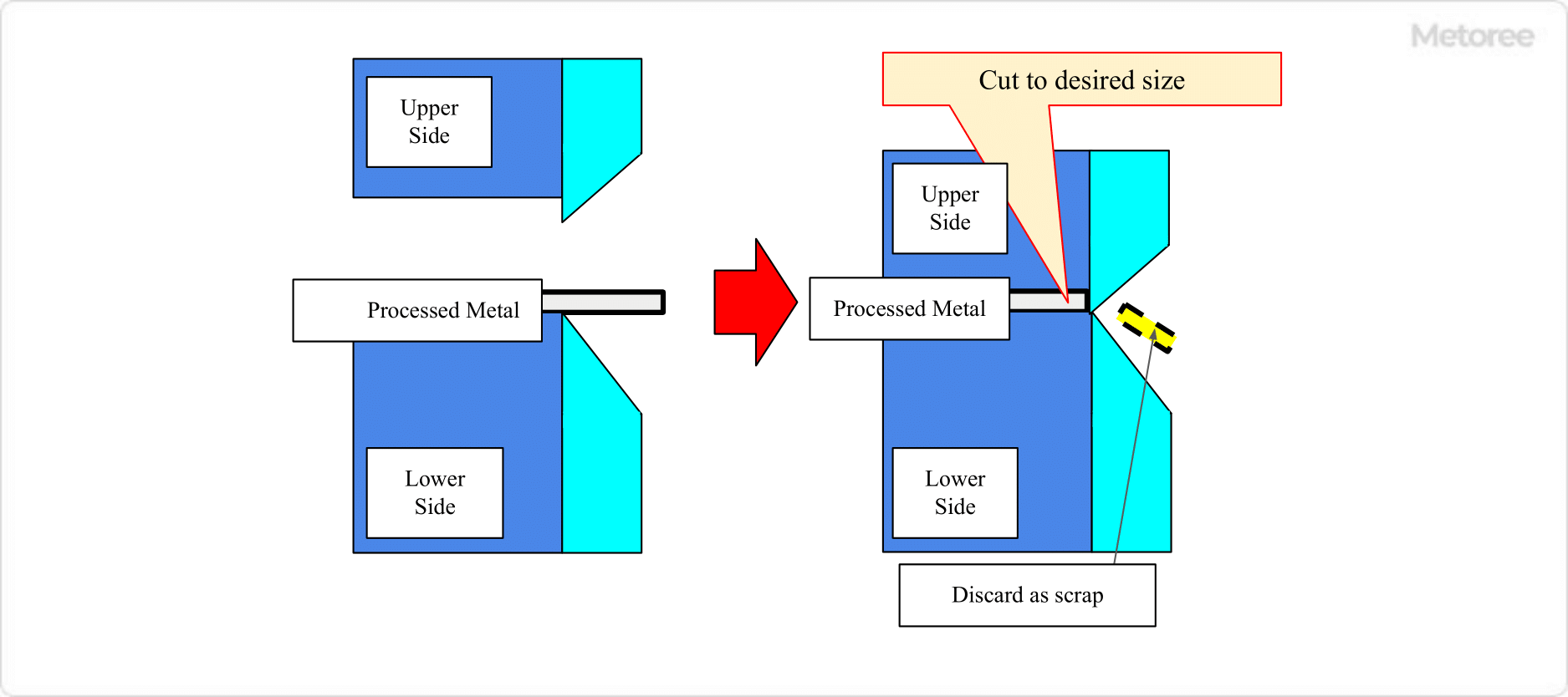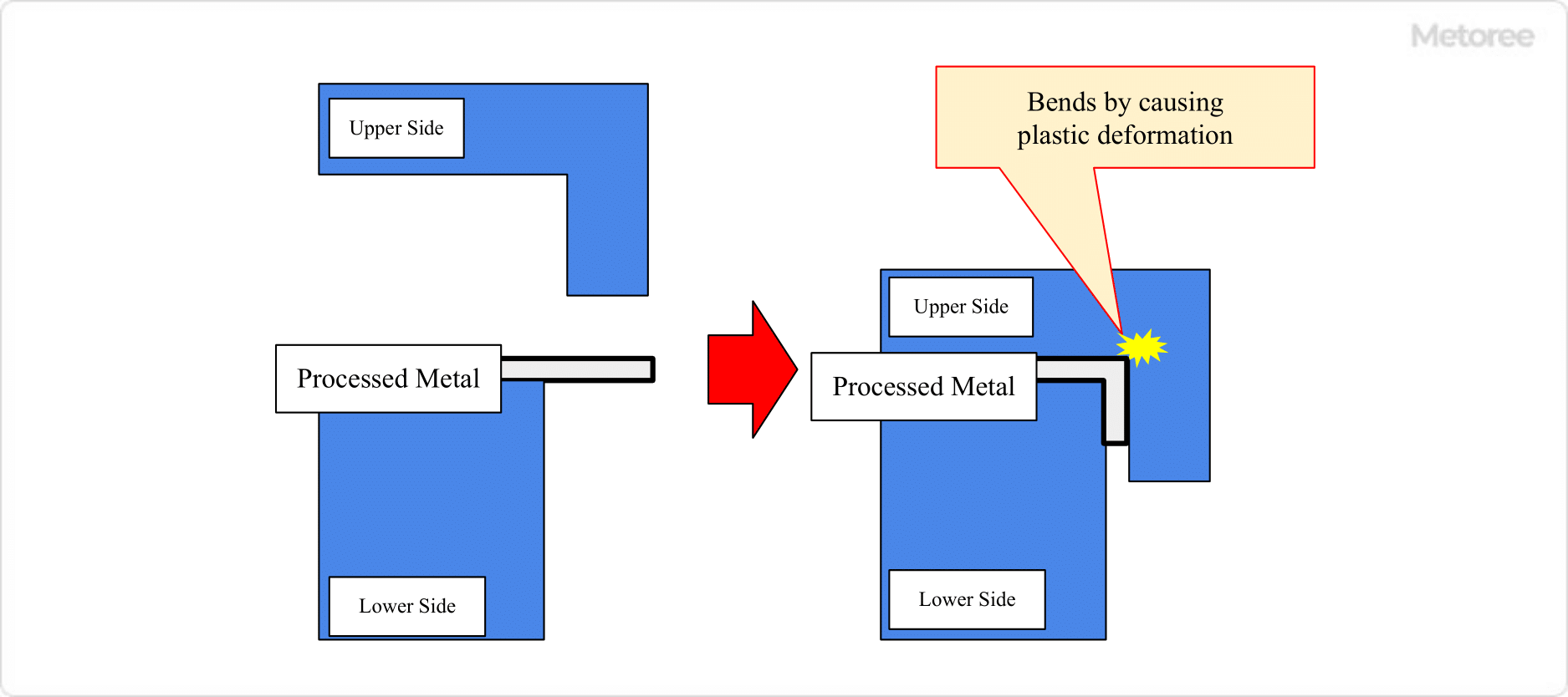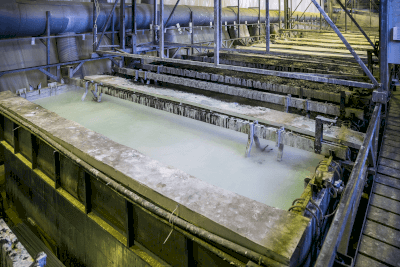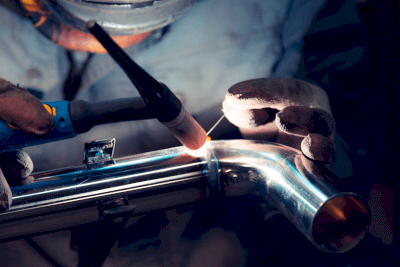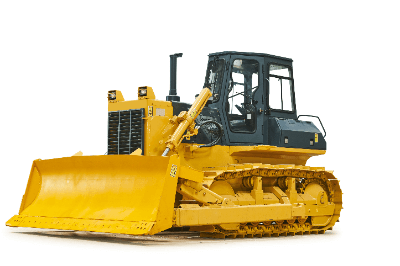What Is a Drill Bit?
A Drill Bit is a piece that is attached to the end of a drill driver.
Since a drill driver is a tool with the functions of an electric drill and an electric screwdriver, there are various types of bits that can be attached to its tip.
The materials to be processed differ depending on the bit, such as for wood, for metal, for concrete, for stone, for plastic, and so on.
Because of the wide variety of bits available, it is common to purchase a set of general-purpose bits and then buy more as needed. Some bits are magnetized to make it easier to work with one hand when tightening or loosening screws.
Uses of Drill Bits
Drill Bits have a wide range of uses, the main ones being drilling holes in materials, expanding holes, and tightening and loosening screws and other fasteners with screwdrivers. They can be used to drill holes in a wide range of materials, including metal, concrete, and other hard materials.
In screwdriver applications, there are also screwdrivers for screws and nuts, which can be selected according to the application. In addition, grinding wheels and industrial diamonds can be used to grind materials, and cutting and chamfering of metals can also be performed.
Principle of Drill Bits
A Drill Bit is a cone-shaped piece used for drilling. Attached to a power tool such as a rotary drill, it is rotated while force is applied from above to drill a hole while cutting.
The pointed metal rod has a spiral groove drilled into it, which helps to discharge shavings backward and reduce frictional resistance when drilling. As the tip rounds off, its cutting ability decreases and its function as a drill bit deteriorates, so it is important to know when it is time to replace it.
Types of Drill Bits
1. Plus/Minus
This is the most common and most frequently used type of bit. They have a + (plus) and – (minus) tip and are used to tighten and loosen screws. They come in sizes 1, 2, and 3, so it is important to select the correct size for the screw.
2. Square Bit
This type of bit has a square shape when viewed from above.
3. Hexagonal Bit
The tip is regular hexagonal. It is easier to apply force than a Phillips or square bit and is suitable for use in confined spaces. For this reason, hexagonal screws are often used in furniture, home appliances, and metalworking products.
4. Torx
Shaped like a star, they are generally not used in many situations. They are used in the assembly and repair of precision equipment that should not be easily disassembled.
5. Drill Bits for Drilling Holes
Drill Bits are used for drilling preliminary holes. A wide variety of types are available, including bits for concrete, tile, aluminum, stainless steel, iron, and other metals, and woodworking.
6. Step Bit
Step bits are conical in shape and are often used for hole expansion, deburring, chamfering, etc. They are not often heard of, but they are used in construction sites and for chamfering. Although not often heard of, it is often used at construction sites and in metalworking.
7. For Polishing
Some are made of grinding stones with spherical tips, some are brush-shaped, and some are made of felt. These are used to remove rust, peel paint, and polish metal.
How to Select a Drill Bit
When choosing a drill bit, keep in mind the following:
1. Intended Use
Because of the wide range of uses for drill bits, it is necessary to use the right bit for the right purpose. While it is natural to make a distinction between the use of a drill bit and the use of a screwdriver, the use of bits for different materials is not recommended.
For example, it is possible to drill holes in wood using a bit for metalworking, but a bit for wood is not suitable in terms of durability. Considering the durability of the bit and the cleanliness of the finish, it is important to use the appropriate bit for the intended use.
2. Size
The shape of the hole to be drilled and the screw to be tightened vary greatly depending on the length and thickness of the bit. For example, if the diameter of the bit is too large for the hole to be drilled, a screw or nut of the desired size will not fit, making the bit unusable.
3. Shape of the Insertion Slot
In addition to the shape of the bit tip, the shape of the slot into the machine body also varies. There are straight shuts, hexagonal shafts, tapered shuts, and so on.
Be careful that straight-shut bits, which are rod-shaped, will not fit into a hexagonal-shaft electric impact drill. A part called a drill chuck must be used.
4. Material
There are various types of materials for the bit itself, in addition to the common HSS steel. For example, there are those coated with titanium nitride or chromium nitride for the purpose of extending bit life, and nickel-mixed sintered materials for the purpose of increasing hardness and machining precision.
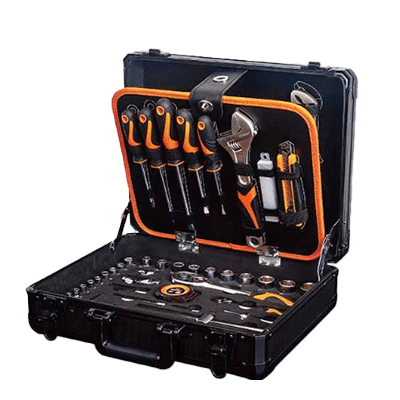
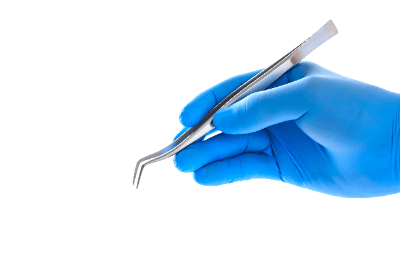 Tweezers are tools with a small pinch that can be picked up with the tip of a finger. They are useful for handling small parts that cannot be handled with human fingers.
Tweezers are tools with a small pinch that can be picked up with the tip of a finger. They are useful for handling small parts that cannot be handled with human fingers.